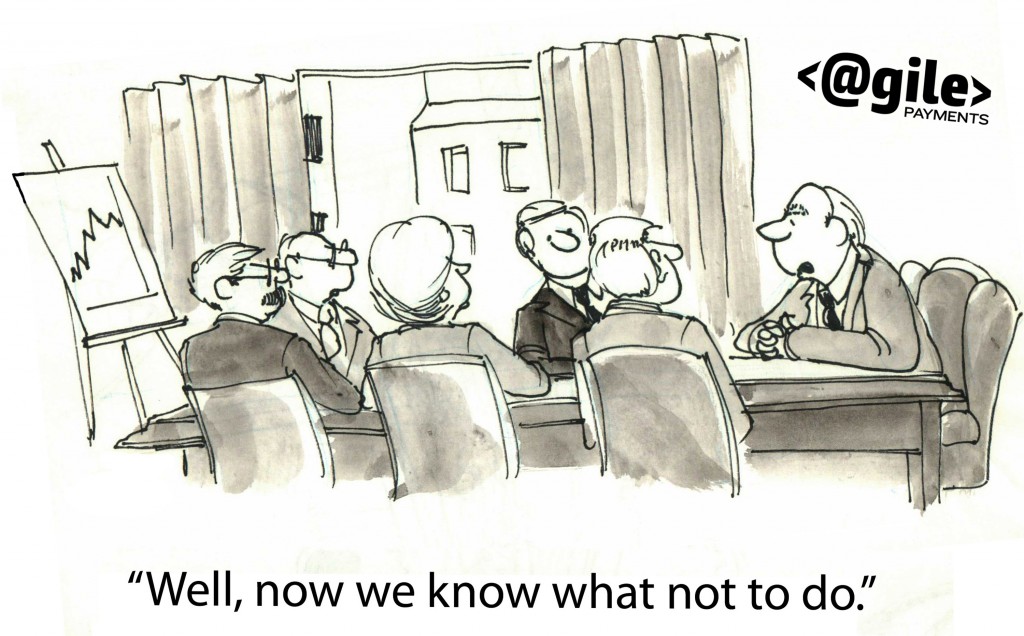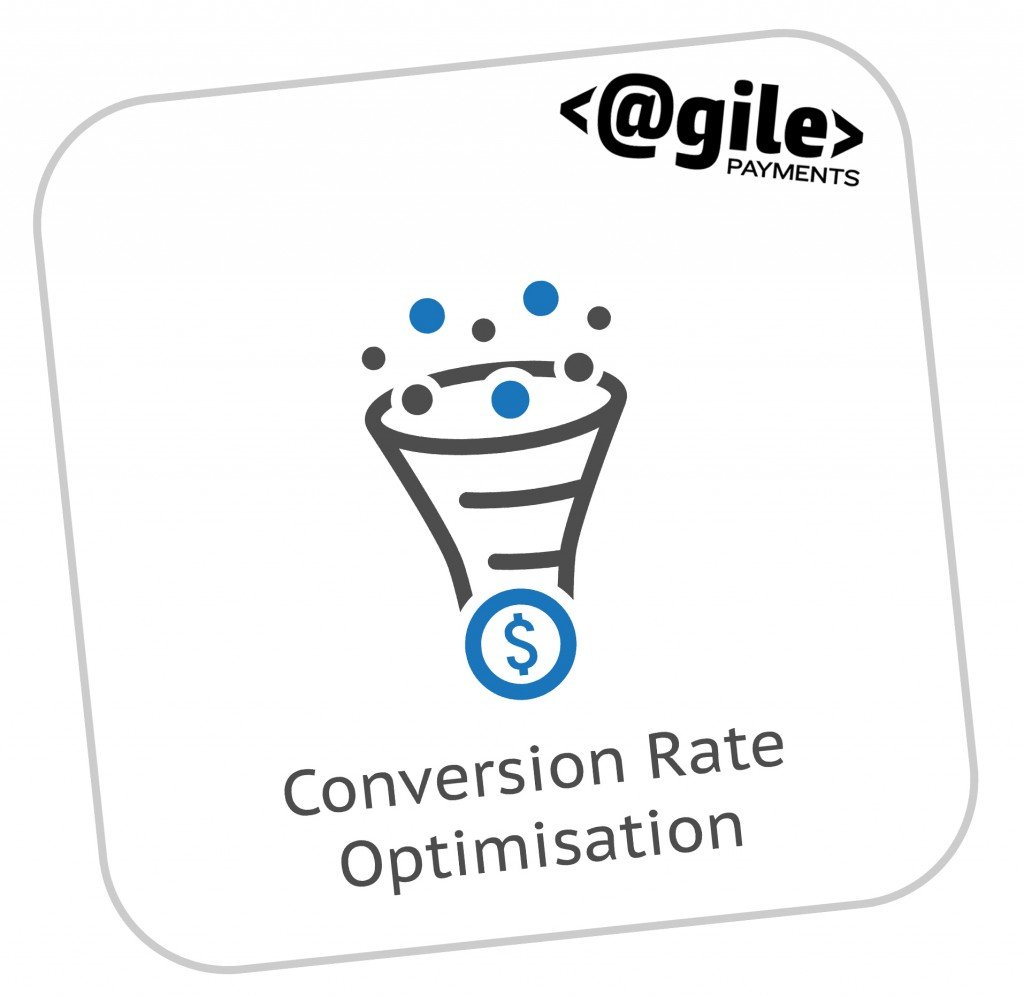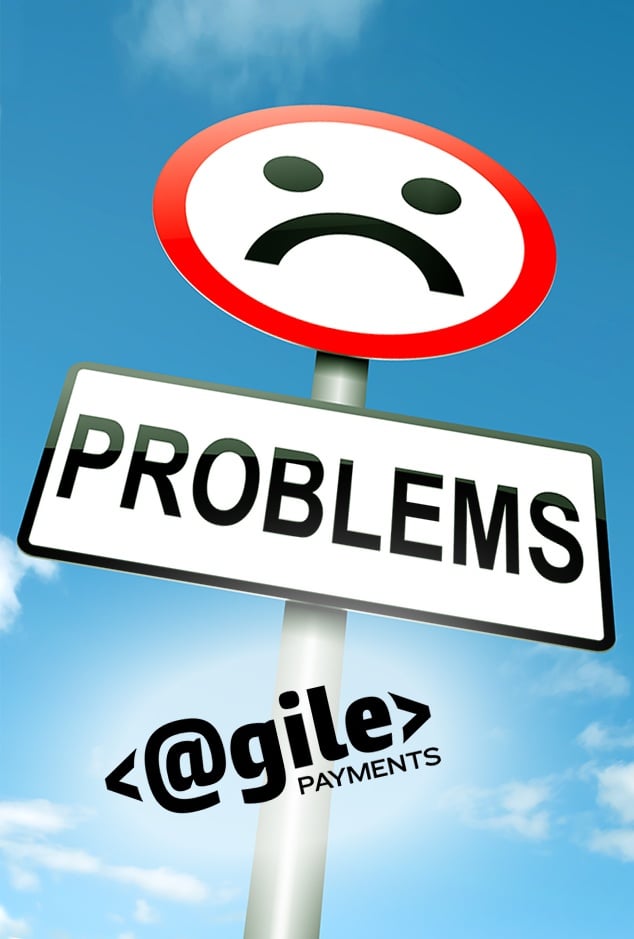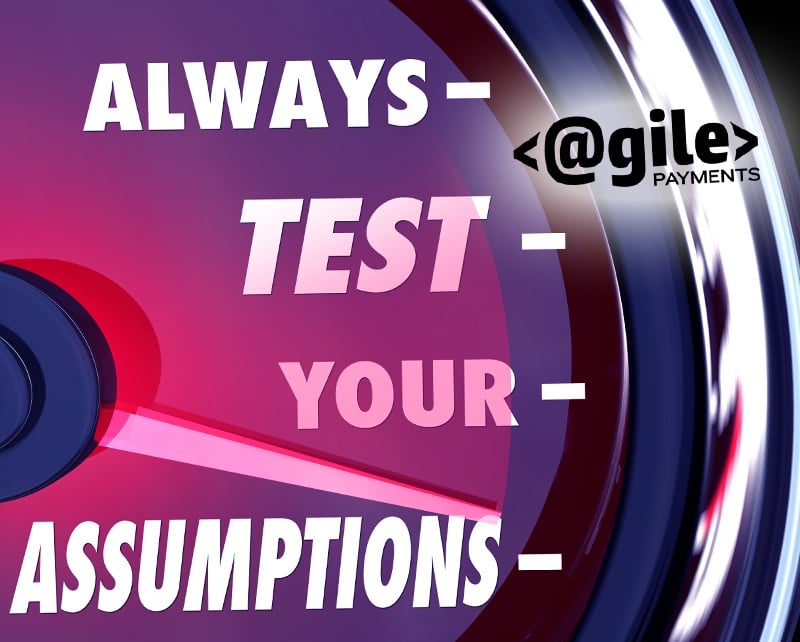Metrics driven business models are the wave of the future. However, many early adopters of the metrics-driven method have limited themselves to only measuring the metrics that they feel are the most important. In some cases, they may have actually been limiting the usefulness of their data by not gathering enough information about the total picture.
 After all, all of the measurable metrics are ultimately intertwined, and it is easier to pick out patterns from a vast array of information where a smaller set of numbers may not capture the whole picture. Here is a better way to gather metrics and organize them into meaningful results.
After all, all of the measurable metrics are ultimately intertwined, and it is easier to pick out patterns from a vast array of information where a smaller set of numbers may not capture the whole picture. Here is a better way to gather metrics and organize them into meaningful results.
Time
No discussion about metrics is complete without a detailed look at the importance of time as a measurement tool. While many metrics focus on the actual cash value of acquiring a new customer, few of them take into account the amount of time it takes to reach new customers, and the exponential growth that takes place as a result of fast cycle times. Focusing on time means eliminating waste and creating a cycle where new users are immediately drawn into the loop, rather than waiting until a later date to sign up for the service. These are changes that can be made without spending a dime on extra marketing that will ultimately aid in the reduction of CAC.
 The Funnel
The Funnel
Any SaaS business probably has at least two different tiers of customer acquisition funnels. The first is the Main Customer Acquisition Funnel, which is just the general process that all customers go through when first visiting your site, signing up, activating their subscription and getting billed. This main funnel is actually a large umbrella that oversees several smaller process. You should be measuring the effectiveness of this process to find areas where customers are getting hung up and failing to move to the next step in the process.
Under the Main Customer Acquisition Funnel is the Customer Activation Funnel. This is a more detailed metric that looks specifically at the third step in the Main Funnel work flow. Activation is most likely to take place at the point where you have proven that your software can deliver on the promises you made.
This is where customers find hard value in the service you are providing and are willing to pay to keep you in their lives. Whether this comes with a 30-day free trial or simply a quick test run of your service, it is important to track Activation Funnel metrics and experiment with strategies that will improve your activation rates.
Customer Statistics
Keeping up with customer activity is the only way to know when your business model is working effectively and when it is not. Customer metrics include a variety of different topics, but you should be watching for these specific pieces of information: unique visits, total signups, time to signup, total activations and purchases, cancellations and the time to cancellation, and your overall churn rate. All of these statistics will give you a detailed view of how customers are using your site, and point to weak points in the service.
 Customer metrics are probably the most direct measurements of how customers perceive your SaaS business. If they don’t seem happy based on the numbers, it’s probably also true that they aren’t sharing your products with their friends.
Customer metrics are probably the most direct measurements of how customers perceive your SaaS business. If they don’t seem happy based on the numbers, it’s probably also true that they aren’t sharing your products with their friends.If many customers are visiting but few are signing up, it’s possible that there are glitches in the signup process that detract from the customer experience. Likewise, if you have a very high churn rate and customers are rapidly signing up and then canceling service, it becomes apparent that they are not finding the value that they expected to see from the full version of your software.
Many companies choose to only collect data on the time to sign up and the total number of activations but they fail to see the whole picture when they leave out information about the customers that decided to leave, giving them fewer opportunities to come up with a positive solution.
Revenue Metrics
Naturally, everyone wants to know the numbers when it comes to cash flow. Almost everyone tracks the total revenue during a specified period of time and the average revenue per customer. However, another important detail is being able to estimate the lifetime value of a customer to your ongoing operation as well. This information comes, in part, from being familiar with customer behavior patterns and knowing how long you can expect to keep your customers subscribed based on the cancellation rates mentioned above. Again, this is one more way that having more data is better than less because it paints a more complete picture of how your business is doing.
Marketing Data
Lastly, no good business survives without the help of a well-designed marketing campaign. Fortunately, all of the above metrics are useful for marketing teams along with a few other relevant details like conversion rates and login activity. If customers are logging in frequently to the free trial, but failing to convert to paying customers, it is time for the marketing team to figure out how to bring them into the fold. If customers are signing up for free trials but never logging in after their first experience, that is a sign of bigger problems within the program, meaning that even a good marketing attempt would probably fall on deaf ears.
Cost of Acquiring a Customer
The bottom line always seems to come back to the total cost of acquiring a new customer (CAC). This number represents the amount you are spending on ads and other marketing, along with the value of products and trials that you are handing out in order to make a good first impression.
Making your business operate more efficiently with lower CAC is a byproduct of making changes that include all of the customer service metrics listed above.
 All companies want to reduce their CAC so that customers become profitable sooner rather than later. High CAC and churn will leave you with customers that cancel their subscriptions before they ever really become profitable, which will ultimately drag down the average lifetime value of all customers in your service.
All companies want to reduce their CAC so that customers become profitable sooner rather than later. High CAC and churn will leave you with customers that cancel their subscriptions before they ever really become profitable, which will ultimately drag down the average lifetime value of all customers in your service.
Using Metrics
In most cases it is beneficial to have way too much information than not enough. Identifying points where you are losing customers or failing to make activations happen will allow you to focus on developing a more valuable experience for potential customers. In some cases, businesses have been known to entice customers with extra free features or an extended trial in exchange for their feedback. This method can be highly effective if you already know the weakest points in your funnel, and can ask pointed questions about how to improve that experience.
 The true goal of collecting all these metrics is to allow you create a more streamlined approach to selling your SaaS products with less waste and cost up front. Where many businesses fail is simply focusing on the revenue statistics and not seeing the background information that could make their operation run smoother without changing any major facets of their business model.
The true goal of collecting all these metrics is to allow you create a more streamlined approach to selling your SaaS products with less waste and cost up front. Where many businesses fail is simply focusing on the revenue statistics and not seeing the background information that could make their operation run smoother without changing any major facets of their business model.
If you are able to see that certain parts of your process are taking too long to push customers through, you can find new ways to open up the funnel and create faster conversions. The faster you make conversions, the faster you are able to recoup the cost of acquiring that customer and make them into a profitable account holder with your company.
One of the best ways to utilize the metrics data you are collecting is to create several specific goals and then categorize metrics under each goal so that you are able to measure your progress over time.
The most common goals for SaaS companies are:
- quickly engaging customers
- reducing bottlenecks in the signup process
- reducing the amount of time between sign up and activation
- reducing cancellations
- increasing the total sales value of each customer
Each of these objectives is made up of several different factors mentioned above, and you should be able to pick out the most important metrics that apply to each one to create a scale by which you can see how your business is performing month after month.
For instance, improving the signup process is a goal that can be measured by the number of activations that are happening and the number of times customers are logging in prior to signing up, as well as the average amount of time it takes customers to go from initial exposure to your product and the final signup stage.
 It is important to note that not all companies will measure these metrics in exactly the same way. Depending on how your SaaS model is set up, your trial period and sign up conditions may vary greatly. It is up to you to find an effective way to actually track this information based on your specific design, and then put it into a format that can be used to create improvements.
It is important to note that not all companies will measure these metrics in exactly the same way. Depending on how your SaaS model is set up, your trial period and sign up conditions may vary greatly. It is up to you to find an effective way to actually track this information based on your specific design, and then put it into a format that can be used to create improvements.
Perhaps the most important point of all is the willingness to go out and collect this information in the first place. This is really the only way to keep customers happy and continue to improve your service in a way that customers will find relevant and useful.





